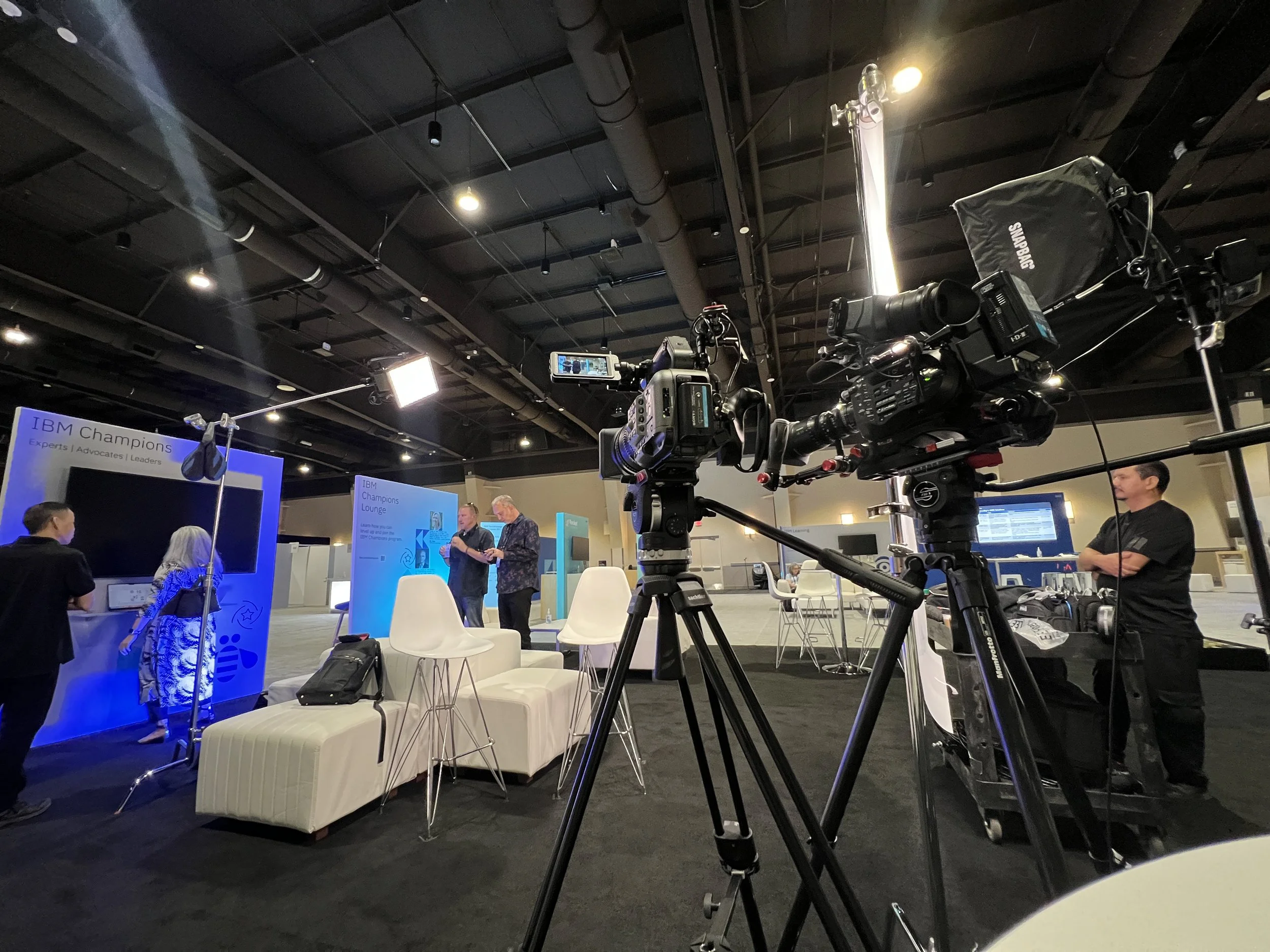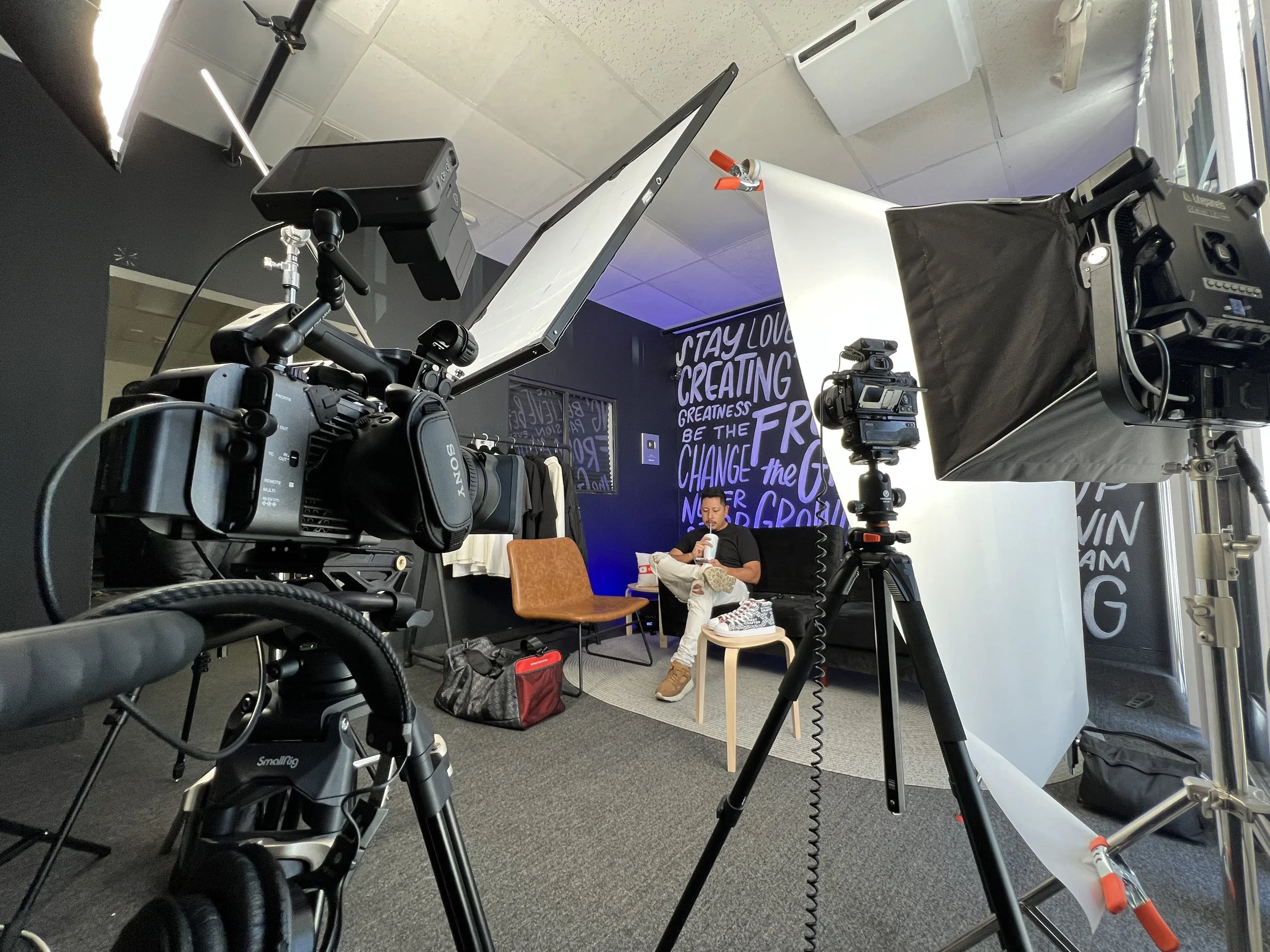DO YOU REALLY NEED A CINEMA CAMERA FOR YOUR VIDEO PROJECT?
In the world of video production,
..the choice of equipment is a pivotal decision that can greatly impact the outcome of your project. One common question that arises is whether you really need a cinema camera for your video project. Cinema cameras are known for their exceptional image quality and cinematic capabilities, but they come with a hefty price tag. In this blog post, we'll explore the factors to consider when deciding if a cinema camera is a necessity for your video project or if there are viable alternatives that can deliver excellent results.
Understanding Cinema Cameras
Cinema cameras are designed with the needs of professional filmmakers and cinematographers in mind. They offer a range of features that make them stand out, including:
1. Large Sensors: Cinema cameras typically have larger sensors than consumer cameras, allowing for better depth of field control and low-light performance.
2. High Dynamic Range (HDR): They offer impressive dynamic range, capturing details in both shadow and highlight areas.
3. Interchangeable Lenses: Cinema cameras can accommodate a wide range of high-quality lenses, offering flexibility in achieving different looks.
4. Raw Recording: Some cinema cameras support raw video recording, providing maximum post-production flexibility.
5. Professional Color Profiles: They often come with log profiles for color grading and enhanced creative control.
6. Higher Bitrates: Cinema cameras record at higher bitrates, resulting in better image quality and color depth.
Factors to Consider
While cinema cameras offer impressive capabilities, several factors should influence your decision:
1. Project Requirements: Consider the nature of your project. If you're producing a Hollywood-style film, a cinema camera may be essential. However, for corporate videos, vlogs, or social media content, alternatives might suffice.
2. Budget: Cinema cameras are a significant investment. You must weigh the cost against the potential return on investment and your available budget.
3. Skill Level: Cinema cameras require expertise in settings, lenses, and post-production. If you lack the experience, you may not harness their full potential.
4. Portability: Cinema cameras can be bulky and heavy. Think about the practicality of transporting and using them in your specific shooting locations.
5. Post-Production Resources: Consider the capabilities of your editing and post-production setup. Cinema camera footage often requires more advanced processing.
6. Alternative Equipment: Many digital single-lens reflex (DSLR) and mirrorless cameras offer impressive video capabilities. Research alternative options that meet your needs.
Alternatives to Cinema Cameras
For many video projects, alternatives to cinema cameras can yield excellent results:
1. DSLR and Mirrorless Cameras: These cameras offer impressive video quality, portability, and cost-efficiency.
2. Prosumer Camcorders: Designed for video recording, prosumer camcorders offer a compromise between features and cost.
3. Smartphones: In certain situations, modern smartphones can produce high-quality video with 4K recording and advanced stabilization.
4. Action Cameras: GoPros and other action cameras are suitable for action shots and unique perspectives.
5. Drone Cameras: For aerial shots, drone cameras provide stunning visuals.
Conclusion
In conclusion, the decision to use a cinema camera for your video project should be based on project requirements, budget, skill level, and practicality. While cinema cameras offer unparalleled image quality, many alternatives can deliver outstanding results for a fraction of the cost. Consider your specific needs, do your research, and choose the equipment that best aligns with your project's goals and constraints. Remember, it's the creativity, storytelling, and execution that truly make a video project shine, not just the camera itself.



